Keep exploring
-

Do you want to go on a trip to Belgium but don't know where to start? The region of Flanders, located in the north of Belgium, brings together culture, history, and architecture that leaves no one indifferent. If you are interested in discovering this region, we have prepared a list ...
-

The City of Music awaits you! With an average of 15 million visitors annually, Vienna is full of monuments and attractions that promise to make your visit an unforgettable experience. To explore the city comfortably and at your own pace, hiring a car in Vienna is an excellent option. At ...
-

Finland is a true paradise for families, offering magical and authentic experiences for children of all ages. There are countless ways to experience family adventures in Finland: snow-capped forests, crystal-clear lakes, unique wildlife encounters, and so much more. This article brings you the best activities to do with your children ...
-

In recent years, the Albanian Riviera has emerged as a top travel destination, offering an affordable and less crowded alternative to other Mediterranean hotspots. With its stunning beaches, framed by green mountains, charming villages, and rich history, southern Albania is the ideal getaway for those seeking a perfect blend of ...
-
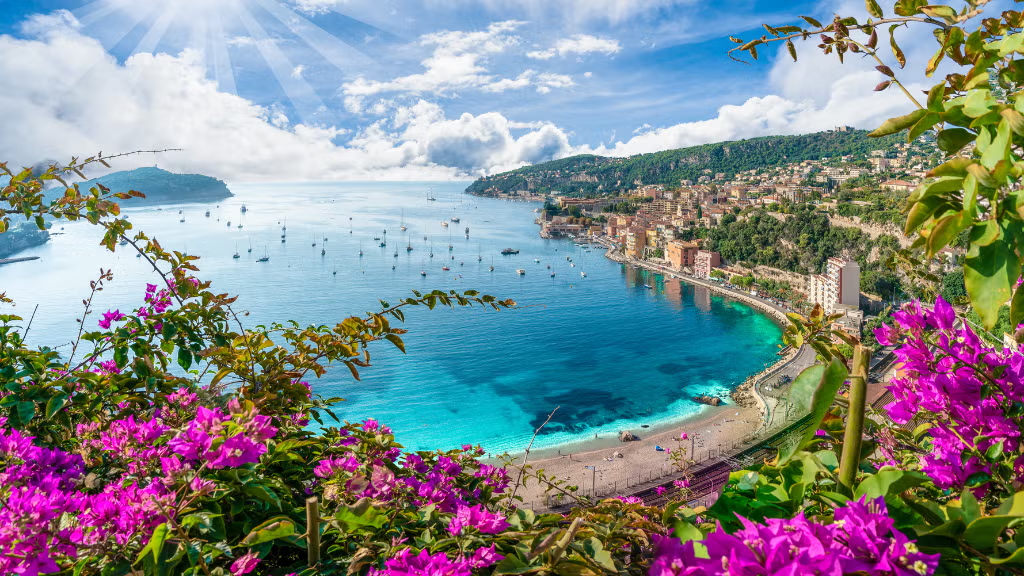
Nice is the capital of the French Riviera, a stunning region famous for its beaches, glamorous towns, coastal villages, and good weather. By hiring a car in Nice, you can explore one of the most beautiful regions in the Mediterranean at your own pace. To help you make the most ...
-
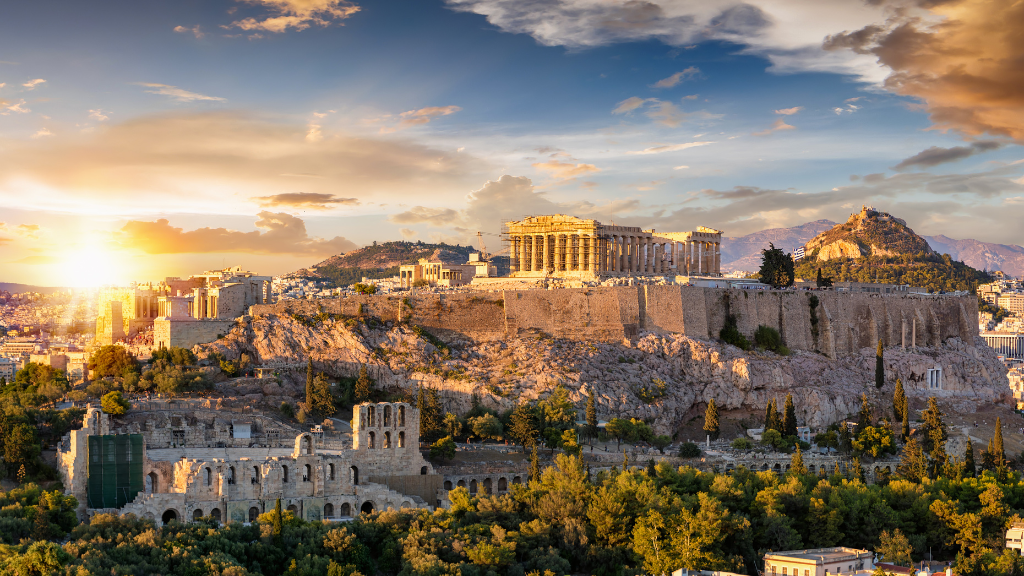
Athens is one of the most famous and beautiful cities in the world. By visiting the capital of Greece, you can connect with the roots of democracy and modern civilization. To fully immerse yourself in this vital experience, renting a car in Athensis a must. Explore beyond the city limits ...
-
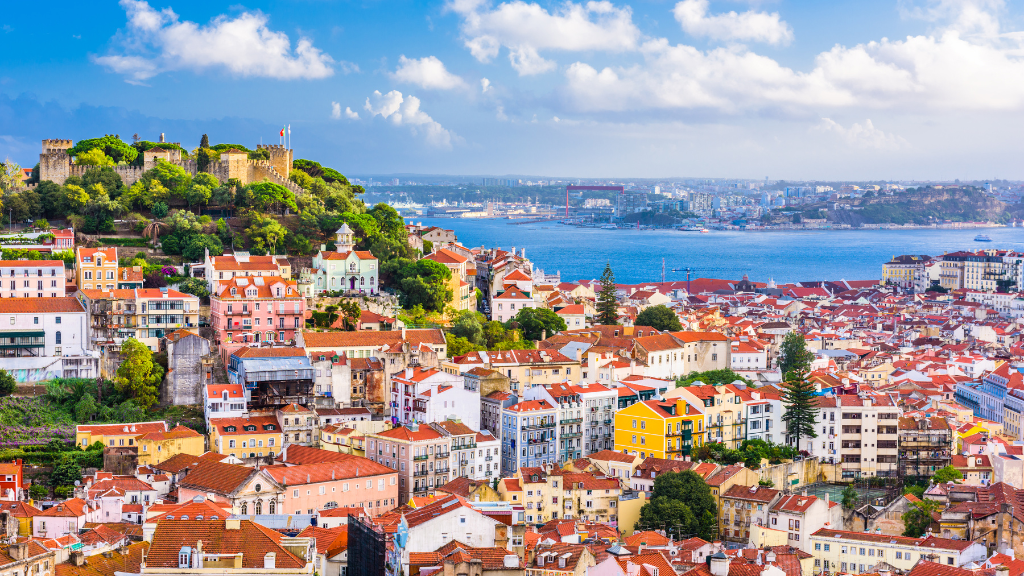
Lisbon is an incredible city, rich in history and culture. Iconic landmarks like the Belem Tower, Monastery dos Jeronimos, St. George’s Castle, and the Lisbon Cathedral attract visitors from all over the world. However, many travellers return home without fully discovering the treasures hidden in the surroundings of Lisbon. Don't ...
-
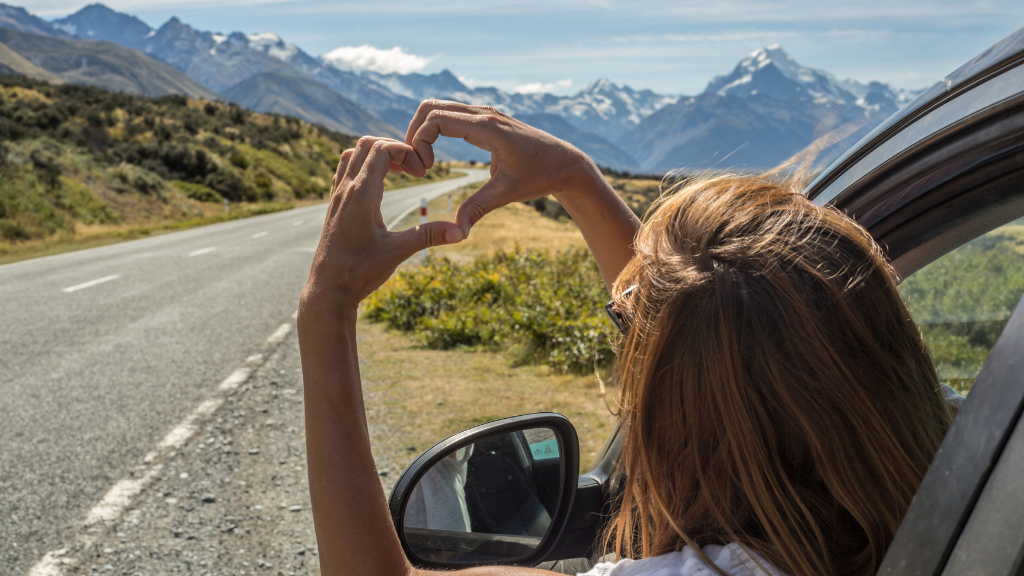
Travelling by road in Sweden is an unforgettable experience that every traveller should try at least once . From top tourist cities to remote villages, paradise beaches, and even the Arctic Circle, Sweden offers a diverse landscape waiting to be explored. The key to making the most of your journey ...
-
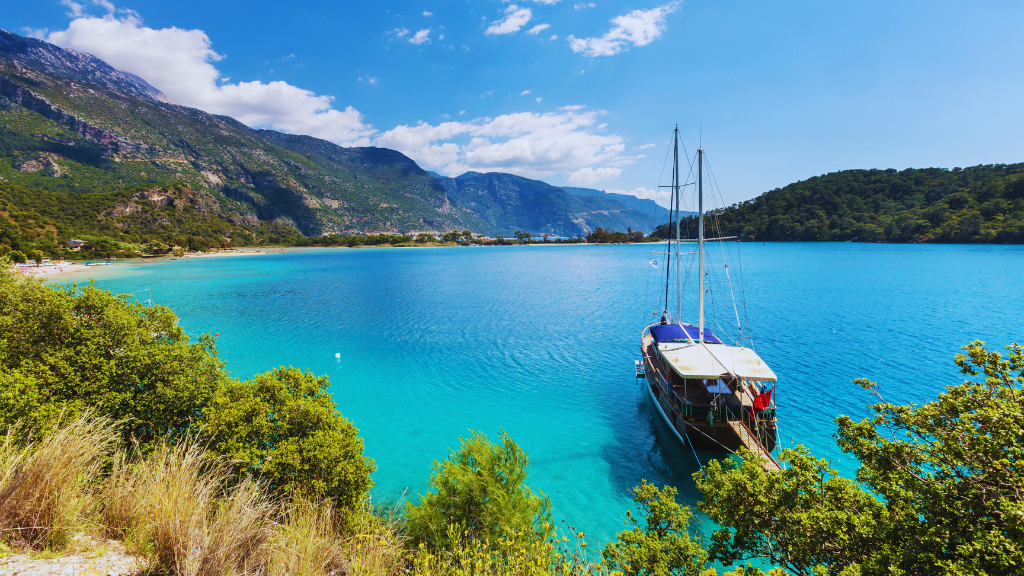
The Turkish Riviera, also known as the Turquoise Coast, has gained popularity in recent years as a paradisiacal alternative to more crowded tourist destinations. When people think of a holiday in Turkey, many automatically think of Istanbul, Cappadocia, and Ankara, often overlooking a Mediterranean gem: the Turquoise Coast. Discover the ...
-
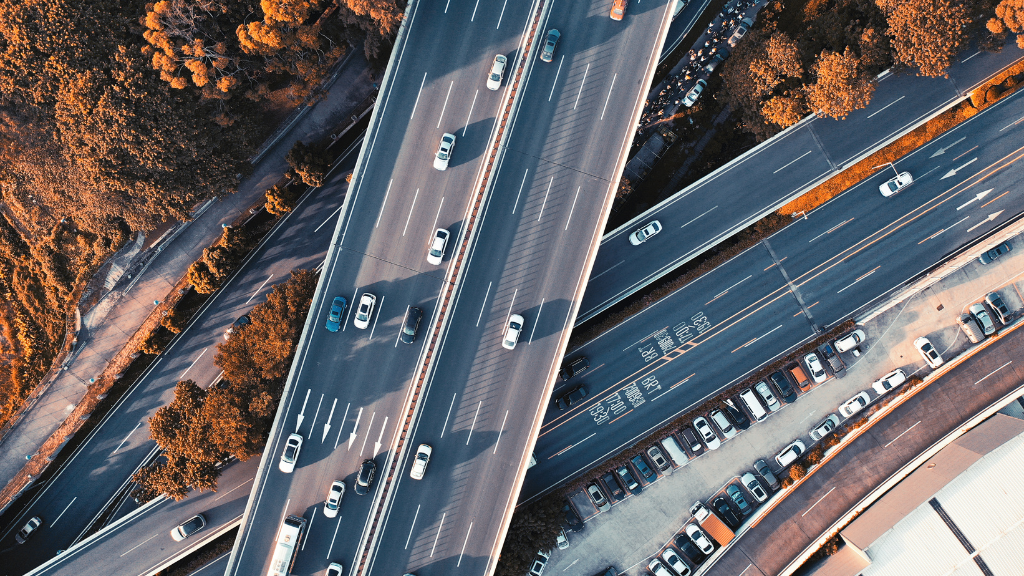
If you're considering a vacation in Portugal, you've likely pondered how to get there and navigate the country. While there are various options, travelling by car emerges as the most comfortable and flexible choice, that is why we recommend renting a car. Many travellers opt for this mode of transportation ...
-
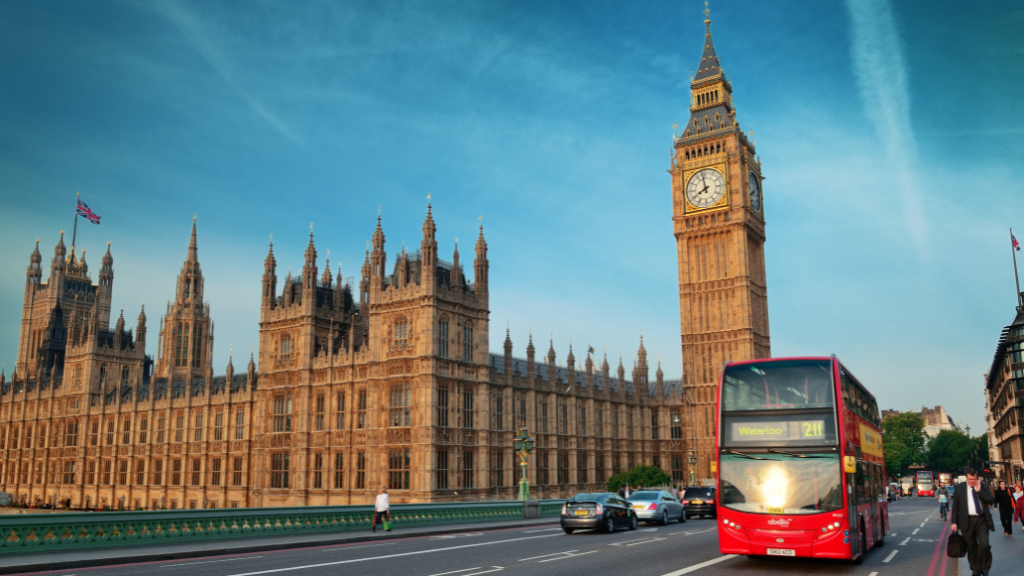
London aims to make its city centre emission-free by 2030 and has implemented several traffic restrictions to achieve this goal. Whether you’re planning to hire a car in London or simply want to know where you can drive, this guide is here to help! Discover everything you need to know ...
-

Before you pack your bags and set sail to paradise, there are a few things you should know before visiting Malta. If you have any doubts about the required documents, driving rules, local currency, and more tips… Keep reading! Discover why Malta is not just an ordinary destination with a ...




